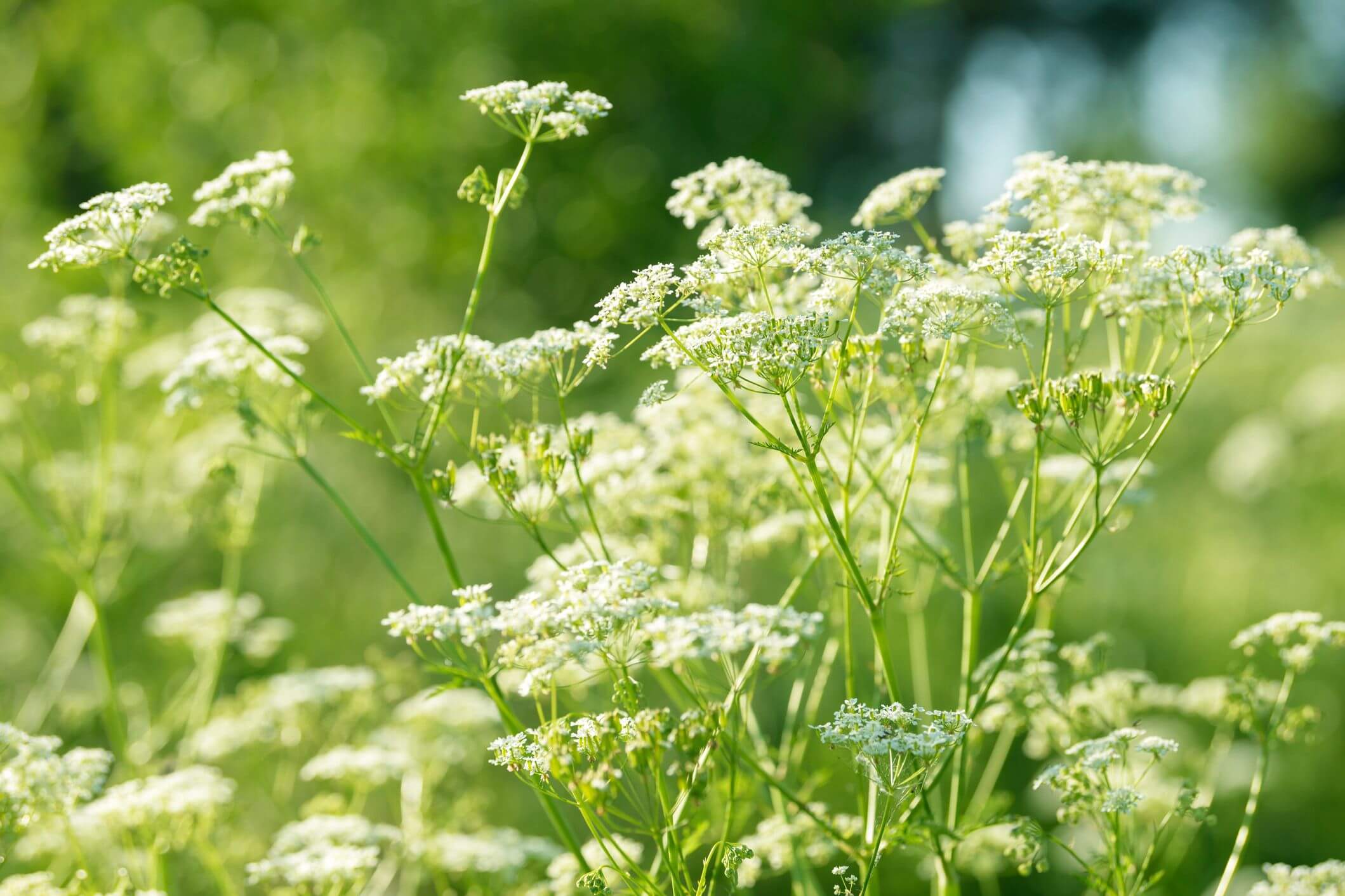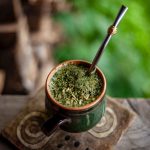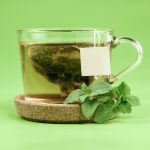13 Oct Anise: what it is, its benefits and how to make tea
Anise (Pimpinella anisum) is an annual herbaceous plant from the Apiaceae family, native to the Mediterranean. It is also known as green aniseed, white pimpernel and aniseed. It is a medicinal plant with digestive, anti-inflammatory and relaxing properties.

Anise, star anise and Fennel: what’s the difference?
Anise is often confused with star anise (Ilicium verum.) and Fennel (Foeniculum vulgare), but they are not the same plants. Star anise is from the same family but with a sweeter flavour and a more intense aroma. Fennel is also from the same family but with a more bitter flavour and a more herbaceous aroma.
Anise can be consumed in various ways: in infusions, essential oils, pastries, cooking. Its seeds are frequently the preferred form of consumption, but its stalks and leaves can also be used.
Health benefits
Anise is a plant with a number of qualities and health benefits. Typically used to treat headaches, gas, constipation and coughs, it is multifaceted and versatile.
- Improves digestion: Anise is an excellent source of fibre, which is essential for good digestion. It also contains compounds that help relieve gas, constipation, and diarrhoea.
- Reduces inflammation: Anise has anti-inflammatory properties that can help reduce inflammation in the body.
- Relaxes: Anise has relaxing properties that can help relieve stress and anxiety.
Anise essential oil can also be a natural painkiller for menstrual pain, menopause symptoms, relieving coughs and nasal congestion.

How to make Anise tea
To make Anise tea, the seeds are usually used. But it’s common to add other herbs and spices to the infusion. Here are some recipes for Anise tea:
Traditional Anise tea
- Add 1 teaspoon of dried Anise seeds to 1 cup of boiling water.
- Leave to infuse for 5 to 10 minutes and strain.
- You can add honey to sweeten and enhance its effects.
Anise tea with fruit, spices or other herbs
- Add 1 teaspoon of dried Anise seeds to a cup of boiling water.
- Add the desired additive during infusion (see dosages below).
- Leave to infuse for 5 to 10 minutes, strain, and drink.
Recommended quantities per cup:
- Lemon: 1 lemon peel or the juice of 1/2 a lemon;
- Chamomile: 1 tablespoon of dried flowers; or try our Relax Anti-Stress tea.
- Rosemary: 1 tablespoon of fresh leaves;
- Ginger: 1 teaspoon of powdered ginger; or try our Ginger and Lemon tea.
- Cinnamon: 1 teaspoon of cinnamon powder or 1 cinnamon stick;
- Mint or spearmint: 1 tablespoon of dried leaves; or try our Wellness Harmonic Bio tea.
- Lavender: 1 teaspoon of dried flowers;
- Star anise: 1 unit of star anise;
Drink 2 to 4 cups of Anise tea a day, whenever you need it. It can be drunk at any time of the day. For gastrointestinal problems, we recommend taking it after meals. It should be taken every few hours.
Anise tea is an easy and delicious way to enjoy the benefits of this plant.








Val Nunes
Posted at 05:12h, 04 Februaryvery nice post, i surely really like this site, continue it
Tamisha Merschman
Posted at 13:15h, 03 FebruaryThanks a lot for producing this worthwhile post. Let me without a doubt return down the road to read more.
Ali Vieira
Posted at 12:42h, 27 JanuaryBelieved invoking, and I will need to ponder this some more.. bookmarked. Hope to see an update soon!
Reva Twitty
Posted at 17:22h, 25 JanuaryThank you for taking the time to discuss this particular, I feel strongly about this as well as love learning more on this subject. If at all possible,
Lorenzo Gebhart
Posted at 07:09h, 23 JanuaryI bookmared your site a couple of days ago coz your blog impresses me.`,,,~
Javier Moldovan
Posted at 23:31h, 17 JanuaryI simply added this site to my bookmarks. I love reading you. It had been quite helpful and solved the issue tons
Lance Lied
Posted at 06:48h, 17 JanuaryI think this site has got some very excellent info for everyone : D.
Roxanne Serda
Posted at 18:29h, 12 JanuaryIt’s laborious to find educated individuals on this subject, but you sound like you know what you’re talking about! Thanks